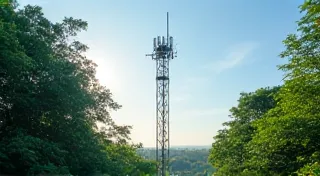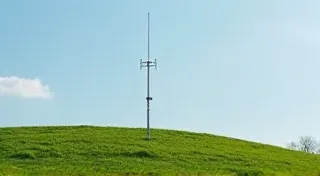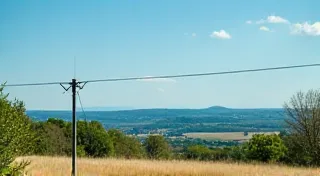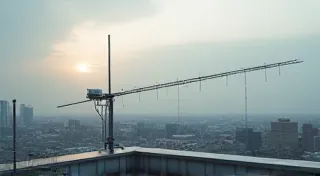Building a Vertical Antenna with a Radial System
A vertical antenna is a popular choice for amateur radio operators, offering relatively low-angle radiation ideal for HF communication. This makes them excellent for DXing and emergency communication. However, a vertical antenna’s performance is heavily reliant on a good radial system. This article will guide you through the principles and steps of building a vertical antenna and a proper ground plane, or radial system.
Understanding the Principles
Unlike dipoles, which require a balanced feedline, vertical antennas are inherently unbalanced. They radiate both vertically and horizontally. The "ground plane" or radial system acts as the other half of the antenna, providing a reference point for the radio frequency (RF) current to flow. Without a sufficient radial system, the vertical antenna will be inefficient and perform poorly – often exhibiting significant losses and unpredictable radiation patterns.
Radial System Design
The radial system’s effectiveness depends on several factors: the number of radials, their length, and how they are connected to the base of the vertical. Here’s a breakdown:
- Number of Radials: More is generally better. A minimum of 16 radials is often recommended, but 32 or even more will significantly improve performance.
- Radial Length: Ideally, radials should be ¼ wavelength long for the lowest operating frequency. For example, for a 7 MHz (40m band) antenna, each radial should be approximately 10 meters (33 feet) long. Shorter radials (as short as 1/10 wavelength) can be used, but their effectiveness decreases, and they can act as loading resistors, introducing loss.
- Radial Orientation: Radials can be arranged in a circular pattern, a star pattern, or any other convenient configuration. The most important thing is to spread them out as much as possible.
- Radial Connection: Radials are typically connected to the base of the vertical antenna using a star connection. This involves bringing each radial to a common point and connecting it to the antenna’s feedpoint.
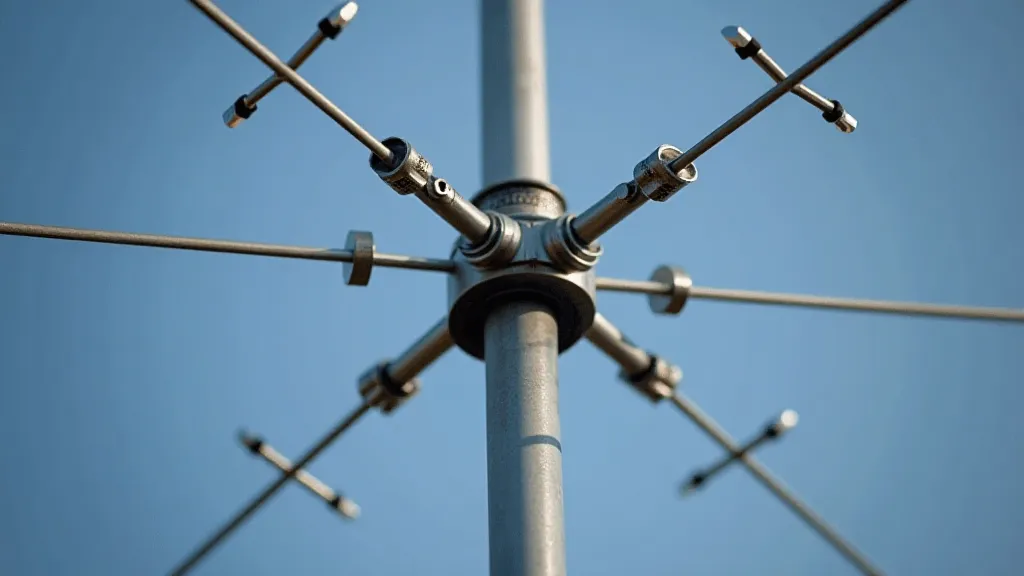
Materials and Tools
- Vertical Antenna Element: Can be purchased or constructed from tubing (PVC, fiberglass, or metal).
- Radial Wire: Insulated wire, typically 14-18 AWG. Copper is ideal, but aluminum can be used.
- Connector: A star connector or similar device to connect the radials to the base.
- Hardware: Stakes, clamps, and other hardware to secure the radials to the ground.
- Tools: Wire cutters, wire strippers, screwdriver, shovel.
Step-by-Step Construction
- Construct the Vertical Element: If building your own, follow a suitable plan. Ensure it’s properly insulated from any grounding elements.
- Build the Star Connector: Construct a star connector from copper or brass. Ensure all connections are clean and tight.
- Cut the Radials: Cut the required number of radials to the appropriate length.
- Attach Radials to Connector: Securely attach the radials to the star connector. Ensure good electrical contact.
- Connect to Vertical Element: Connect the star connector to the base of the vertical antenna.
- Install Radials on Ground: Spread the radials outward from the vertical element. Secure them to the ground using stakes or ground rods. Consider burying them shallowly for improved performance (optional).
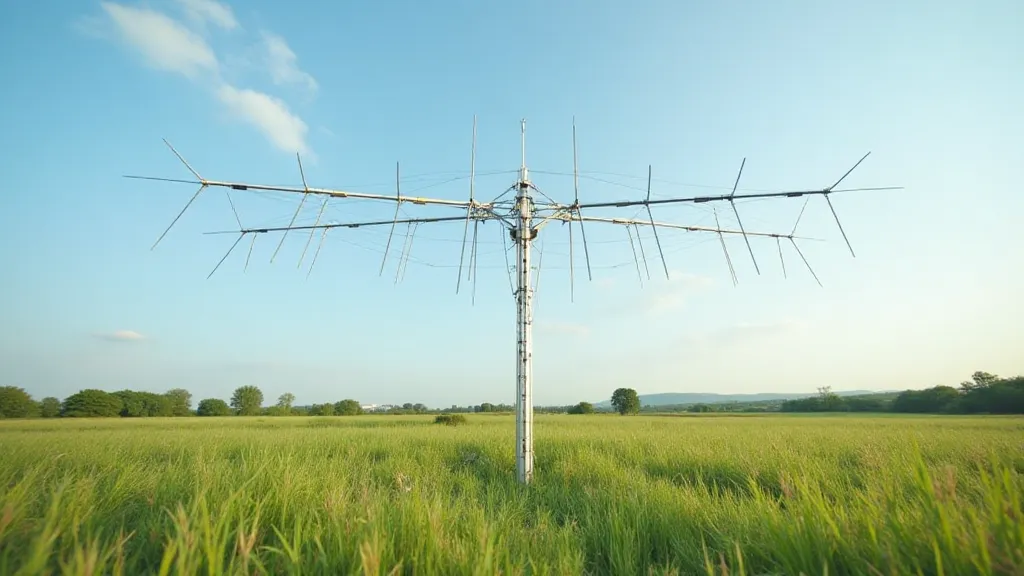
Important Considerations
- Grounding: Ensure the vertical antenna and the radial system are properly grounded. This helps to reduce noise and improve performance.
- Safety: Be aware of underground utilities before digging.
- Elevation: If you cannot spread radials on the ground, consider elevated radials, though their performance will be reduced compared to ground-mounted radials.
Testing and Tuning
After installation, it’s a good idea to test the antenna’s performance using an antenna analyzer. This will help you identify any problems and make adjustments as needed. Listen for signals, and compare your results to those of other operators in your area.
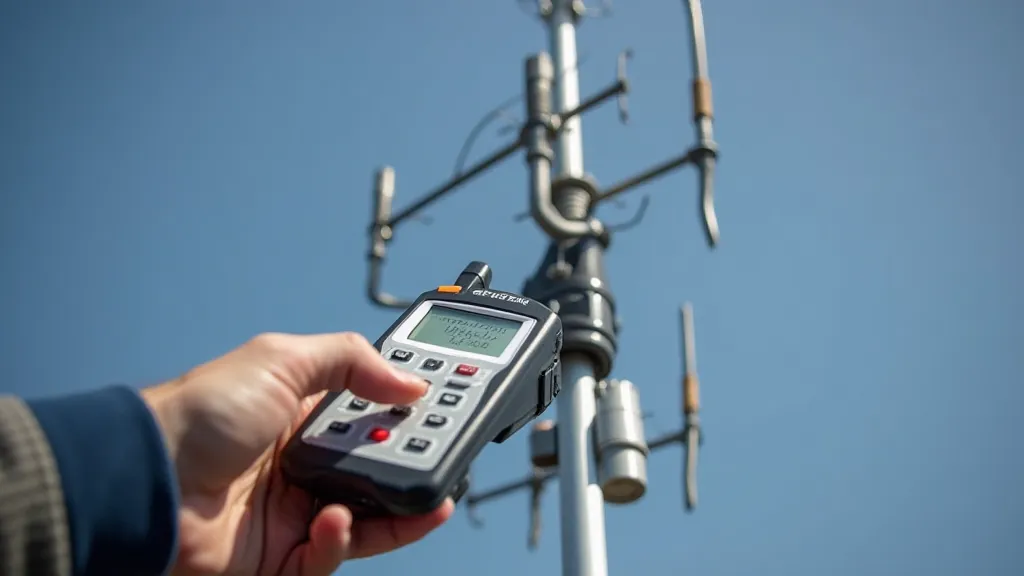
Building a vertical antenna with a radial system is a rewarding project that can significantly enhance your amateur radio capabilities. By following these guidelines, you can build a high-performing antenna that provides excellent communication results.
